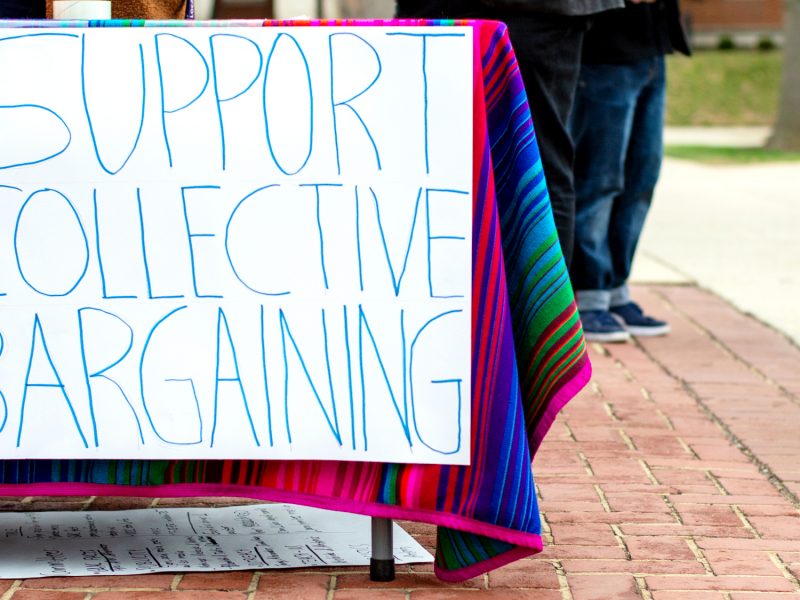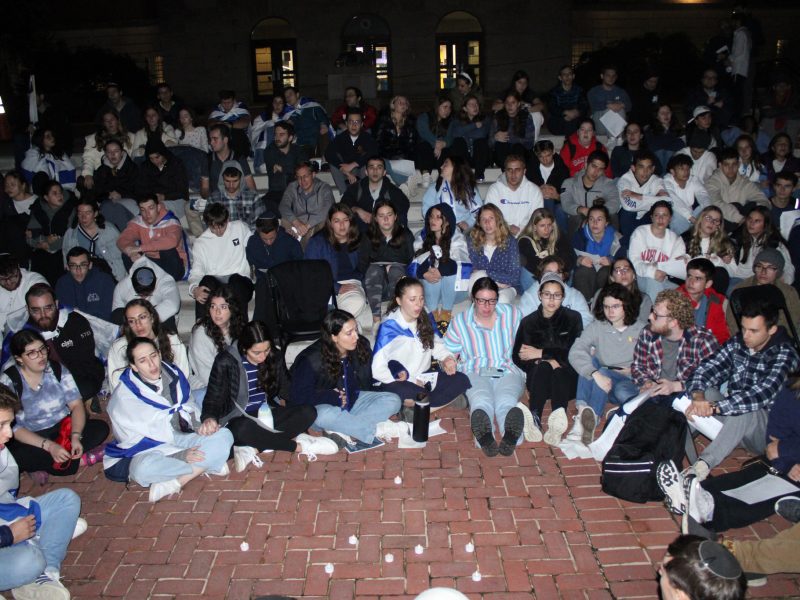Welcome to our new students, faculty and staff! And to our stalwarts who make this a great university, welcome back!
We welcome new deans this year: Keith Marzullo at the iSchool and Jeffrey Franke, interim graduate school dean. Next month, Sonia Hirt joins the School of Architecture, Planning and Preservation.
This year’s freshman class is again among the most academically talented in our history and remarkably diverse: 44 percent are students of color, nearly 25 percent are from historically underrepresented groups. Transfer students’ credentials continue to reach new highs, and incoming graduate students are among the nation’s finest. We welcome all new students’ enthusiasm and promise.
Our quality, affordability, graduation rates and alumni success are reasons Money Magazine this summer ranked UMD a top-10 U.S. public university. Forbes put us at No. 14, based on quality and value. Whatever their validity, these measures matter to the public. This might explain why we see record numbers of applicants and soaring acceptances by admitted students.
Faculty research continues to set new levels of excellence and competitiveness. In July, research grants again reached a record $550 million.
New state research funding will come to us under the Strategic Partnership Act, taking effect Oct. 1. It declares one University of Maryland with two distinct campuses — College Park and Baltimore — to drive educational, research and technological collaboration that benefits students and the state.
Our campus construction boom is reaching a crescendo. The high-tech Edward St. John Learning and Teaching Center opens in January. A. James Clark Hall’s state-of-the-art bioengineering and animal care facilities open in June. Work has begun on the Brendan Iribe Computer Science and Innovation Center, a home for virtual reality, robotics research and technological development.
The rebuilding of Cole Field House is underway. The indoor football practice field — available also for student recreational use — opens next spring, while planning continues on new academic, research and clinical facilities. Cole’s neuroscience, sports medicine, health and human performance and innovation facilities will engage UMD and UMB researchers and students.
Off campus, the Hotel and Conference Center commands Route 1 and opens next spring. A food hall and innovation incubators will soon rise next door.
Real estate development (new housing, retail), community development (arts and culture, public transit, public safety), and economic development (new startups and businesses) are underway along Route 1 and in the innovation district stretching from the Hotel to UMD’s research park. Private investment powers almost all of it.
Driving this place-making is our vision of Greater College Park — a regional hub of innovation and entrepreneurship anchored by UMD. We want to incubate and recruit scores of startups, create thousands of jobs, and transform this area into a more vibrant, urbanized, walkable, residential community. This will help attract and retain top students, faculty, staff and new residents. It will help fulfill our land-grant, service mission to the state.
In the coming weeks, important community development will also take place on campus. With student input, we are launching anytime dining, designed, in part, to foster a greater sense of community, while eliminating counts and cards. Terps After Dark will increase alcohol-free, late night programming to support safe, responsible social behavior.
Our commitment to safety also requires sustained efforts to prevent sexual assault. Incoming students now get online training, as do faculty and staff. This year a task force will seek new ways to make our campus as safe and respectful as possible.
These are fraught times for the nation. America is divided. What steadies and binds this campus are shared values. The bedrock principle of a university is freedom of expression. Without it, there can be no learning or scholarly inquiry. Diversity and inclusiveness have raised this university’s excellence and prominence. But when campus members feel excluded or unwelcome, they need to feel free enough and safe enough to speak up, and then heard. We all need to listen and talk with respect and civility, and then walk the talk. We must strive to be both open and safe.
Our continuing Maryland Dialogues offer an opportunity for genuine conversation, more frank than comfortable. The nation and our university have come far on social, racial and economic justice, but it remains for us to realize the ideal on our country’s Great Seal: E pluribus unum, “out of many, one.”
Facing these challenges and opportunities will help us meet the state’s charge that its flagship university provide education, research and service “equal to the best” of U.S. public institutions. Together, we are rising to the occasion.
Wallace D. Loh is the President of The University of Maryland. His office can be reached at president@umd.edu.



